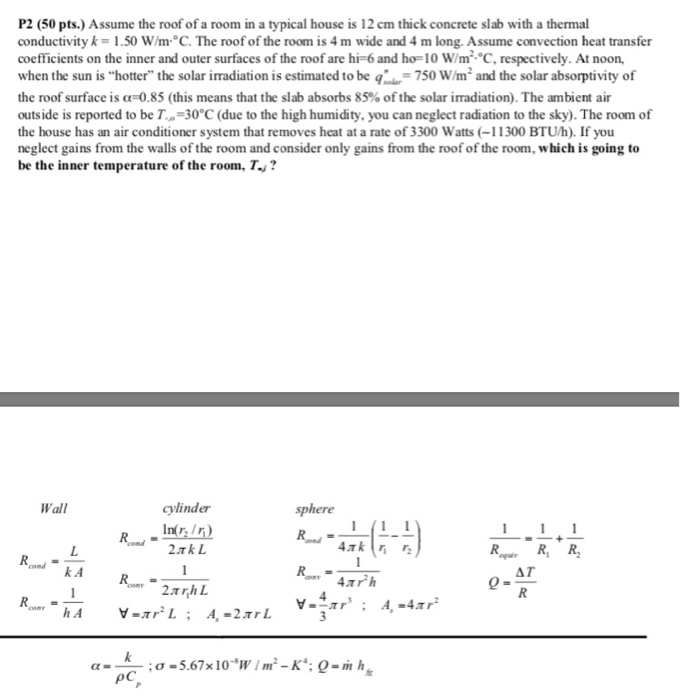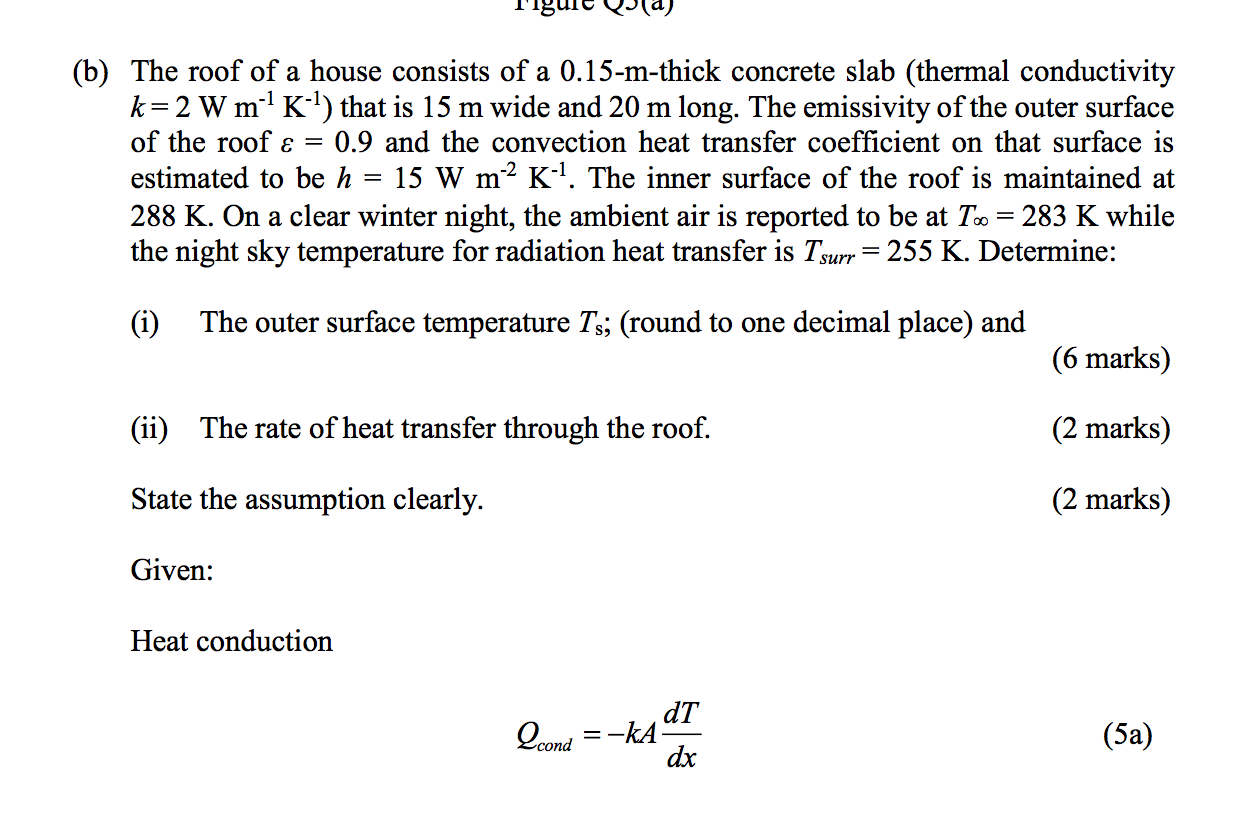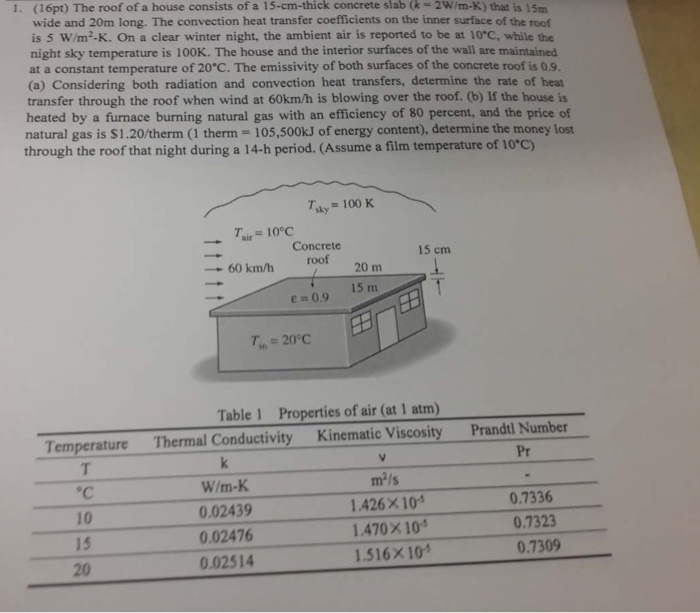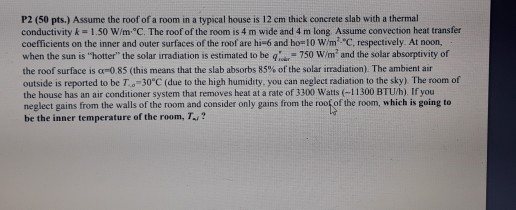Calculating the inverse of that 1 r would give you a u factor in the range of 1 67 to 0 83.
Thermal conductivity of concrete roof slab.
From this the thermal transmittance u value w m 2 k of a building element is calculated as the inverse of the sum of the r values of the component parts and adjacent air layers.
However the following expression can be used to compute r this equation is provided by astm c 168.
Thermal conductivity is a material property that describes ability to conduct heat thermal conductivity can be defined as the quantity of heat transmitted through a unit thickness of a material in a direction normal to a surface of unit area due to a unit temperature gradient under steady state conditions.
The thermal resistance or r value m 2 k w is calculated by dividing the thickness of the material in metres by the k value.
Cintemac laboratory utn córdoba.
4 place of realization.
Thermal conductivity of building materials thermal conductivity of building materials acoustic plasterboard aerated concrete slab 500kg m3 aluminium asphalt 1700kg m3 bitumen impregnated fibreboard brickwork outer leaf 1700kg m3 brickwork inner leaf 1700kg m3 dense aggregate concrete block 1800 kg m3 exposed.
99 4 less than the zinc sheet 72 5 less than the concrete roofing tile and 49 2 less than the ceramic roofing tile.
Surface ï concrete gray 0 328 reflective coating white 0 859 in the configuration b due to the different materials the thermal conductivity varies sharply across the interface the harmonic mean 8 has been used to calculate this property.
The roofing tile made from recycled materials has a lower coefficient of thermal conductivity than the other building elements.
A reasonable r value for a normal concrete slab can be estimated using an r value the thermal resistance per inch of thickness between 0 1 and 0 2 and multiplying it times the slab thickness.
The roof of a house consists of a thick concrete slab of l thickness with thermal conductivity k w m c and area a.
























